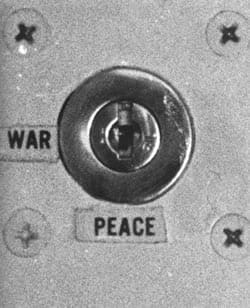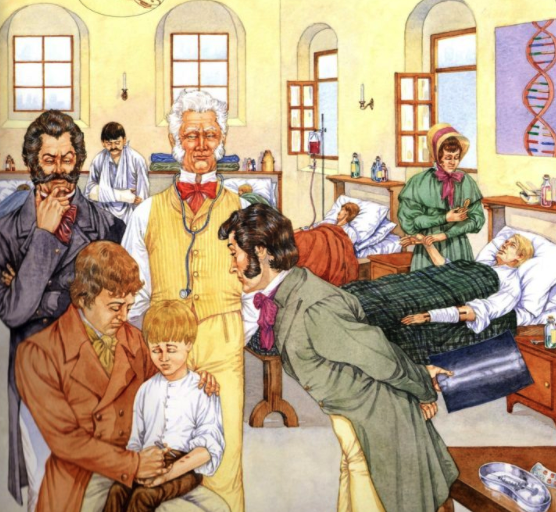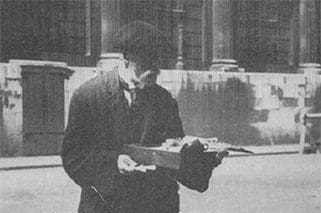
Target setting has now become a central feature of teachers’ professional life. With the advent of some pretty robust data for history, we can at last look at likely outcomes for students entering GCSE history with Particulate End of KS3 Average Point Scores. Thanks to the Fischer Family Trust’s work in refining Contextual Value-Added we are being given ever more reliable data. I know that for some of you this is a mixed blessing, especially schools using the challenging FFTD targets.
But sharing numerical data about target grades is just one aspect of target setting and arguably the easiest. What makes our job so difficult is trying to break down the numerical into curricular targets. What advice do you give to move students from a B to an A grade? We know what the grades mean. We have seen the mark schemes, but phrasing the targets into small meaningful steps






